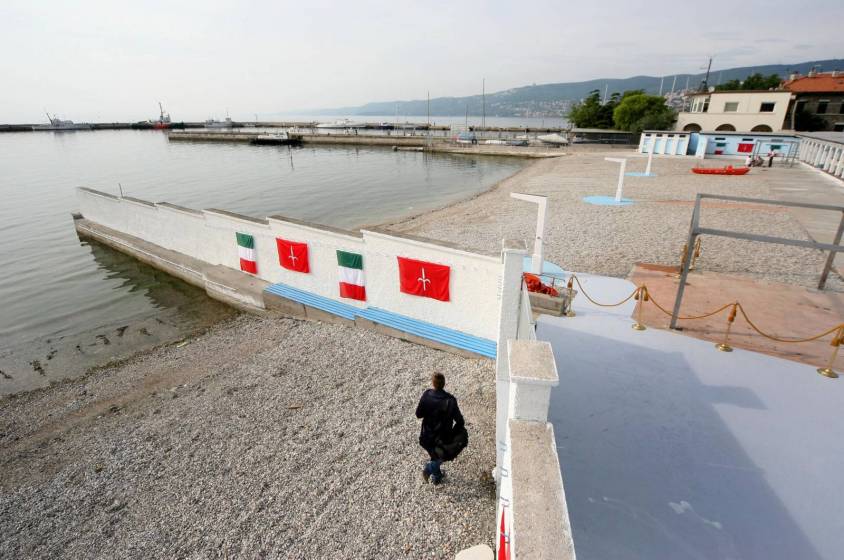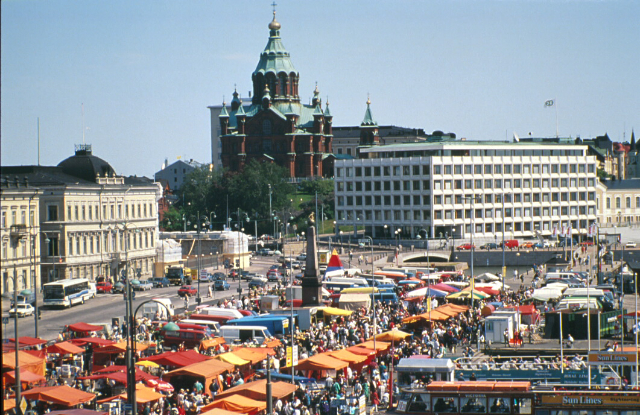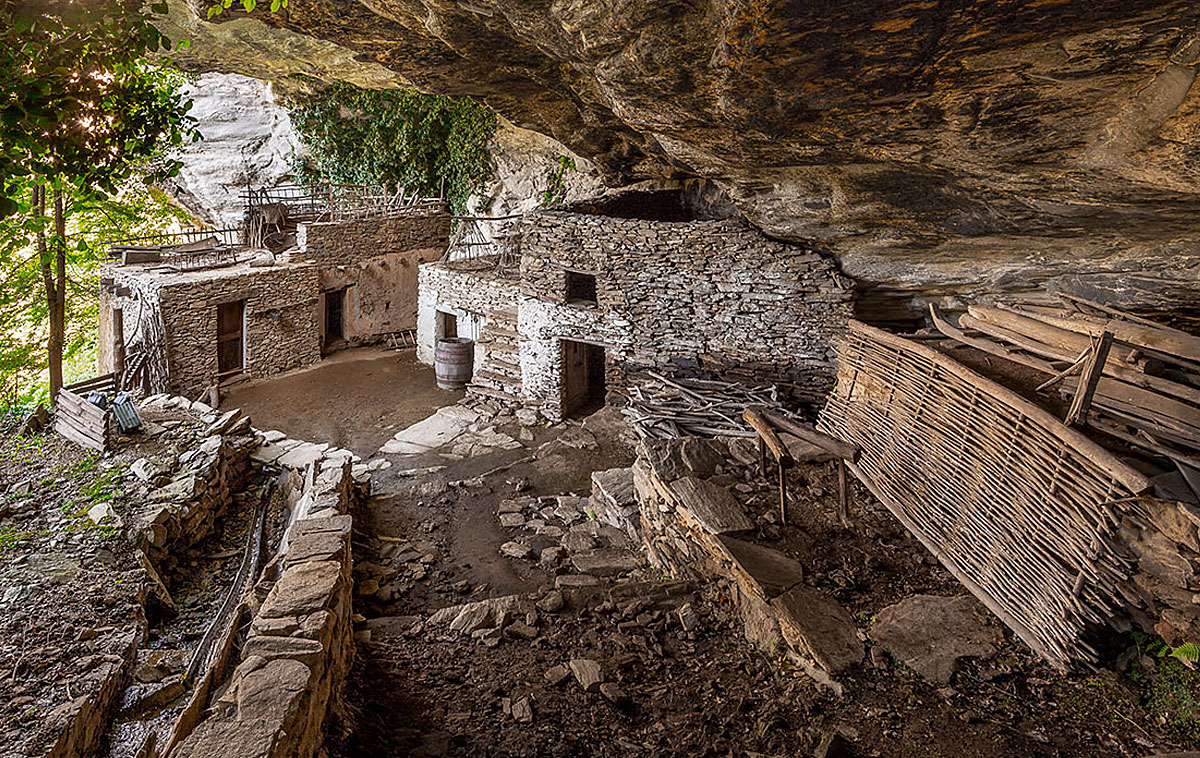Strictly separated by a 74-metre long and three-metre high white wall that distinguishes the unique white pebble beach of the "La Lanterna" bathing establishment, but more commonly known as "El Pedocin" – owned by the Municipality of Trieste – which translated from the dialect means "little louse". The reason why it is called this is still a mystery: either because of the large quantity of mussels in the sea ("pedoci" in Trieste dialect) or because the soldiers of Emperor Franz Joseph used to go there to "spider themselves". What is certain, however, is that it is a historical and "untouchable" place for the people of Trieste, who are particularly proud of it since, in 1903, the Municipality built, along the Santa Teresa pier – today Fratelli Bandiera – the first public bathing establishment or "Bagno alla Lanterna" because of the proximity of the lantern placed on the pier in 1832 as a maritime lighthouse. In reality it seems that the very first name was "Ciodin" because bathers used to bring pegs from home to hang their clothes along the wall. It was inaugurated during the Hapsburg Empire and the dividing wall that literally cuts the beach in two, always crowded in the summer months but also open during the winter, partially entering the sea, was initially designed as a fence for reasons of privacy. Women from Trieste, especially of a certain age, particularly love this stretch of sea as they feel freer away from prying eyes thanks to the dividing wall, which is not synonymous with segregation but with total tranquillity: in this place that is in some ways "out of this world", the shame and shyness of showing one’s nudity – perhaps marked by the inexorable advance of time – ceases to exist and nonchalance prevails.













